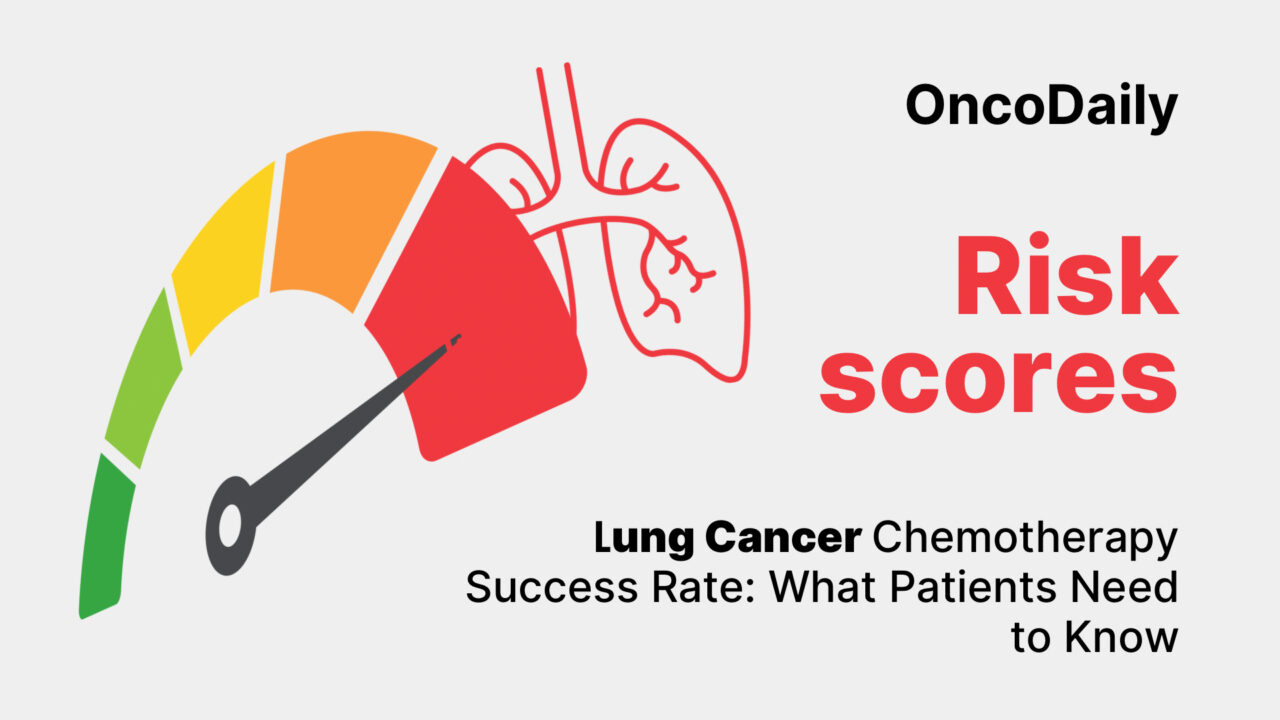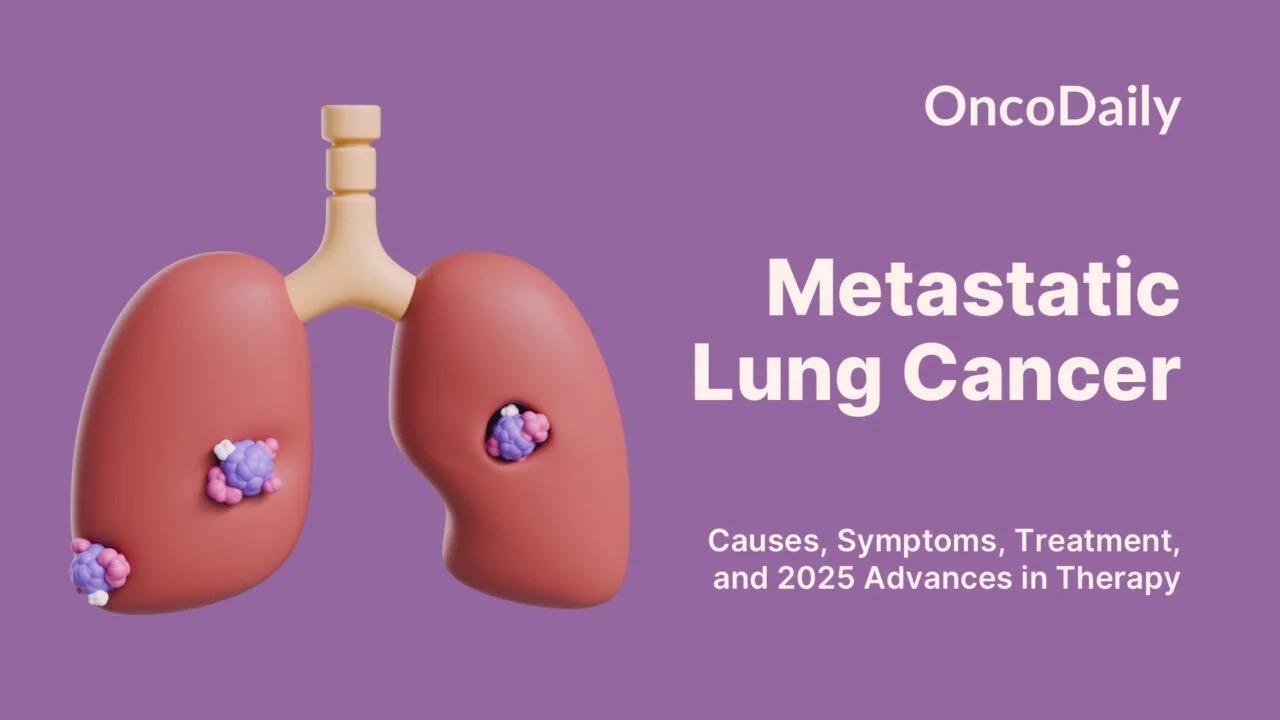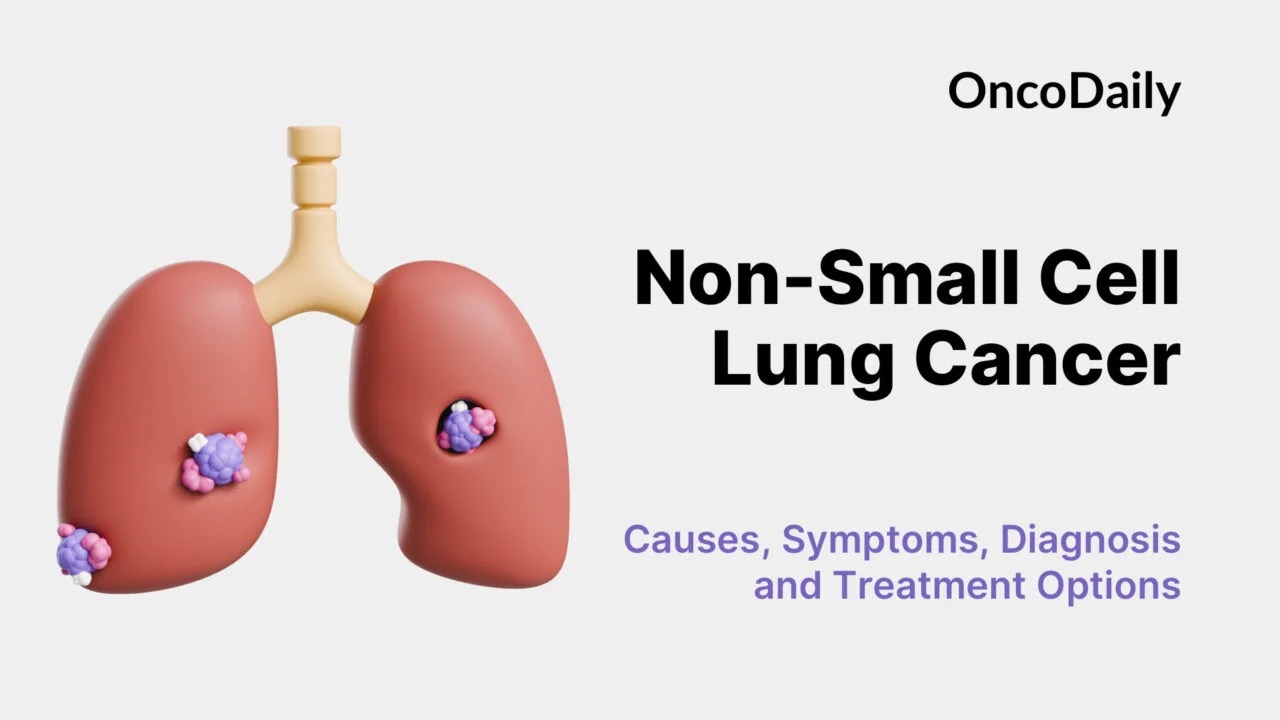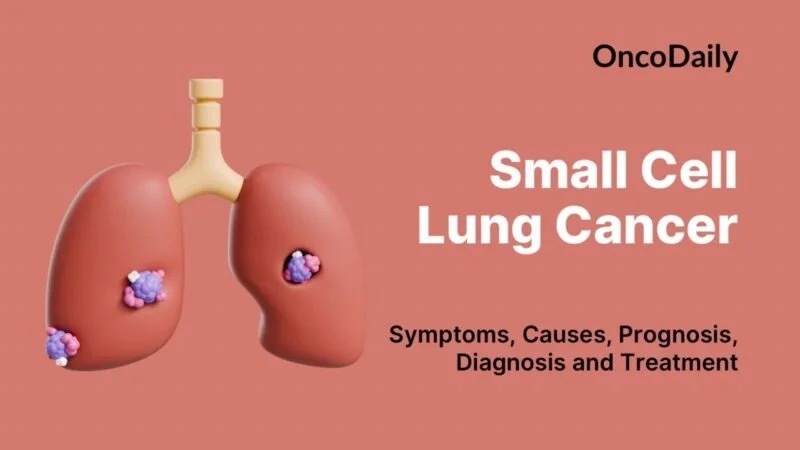
Lung Cancer Chemotherapy Success Rate: What Patients Need to Know in 2025
Lung cancer is the leading cause of cancer-related death worldwide, accounting for an estimated 1.8 million deaths annually (Sung et al., 2021). Despite its grim reputation, progress in early detection, chemotherapy regimens, targeted therapies, and immunotherapy has significantly improved outcomes for many patients. Among these modalities, chemotherapy remains a foundational treatment, particularly for non-resectable tumors or as part of multimodal strategies. Understanding the lung cancer chemotherapy success rate requires a nuanced look at tumor type, stage, treatment combinations, and individual patient characteristics.
Understanding Lung Cancer and Chemotherapy’s Role
Lung cancer is broadly categorized into non-small cell lung cancer (NSCLC), which accounts for about 85% of cases, and small cell lung cancer (SCLC), which is more aggressive but often more initially responsive to chemotherapy (Herbst et al., 2018). Chemotherapy is used in various contexts: as neoadjuvant therapy to shrink tumors before surgery, adjuvant therapy to reduce recurrence risk after surgery, or palliative treatment in advanced disease to control symptoms and prolong survival.
Traditional chemotherapy works by damaging the DNA of rapidly dividing cells. However, this lack of specificity leads to collateral damage to normal tissues, contributing to the side effect profile. Despite this, chemotherapy has been shown to provide survival benefits across all lung cancer stages when appropriately used (Peters et al., 2009).

Read About Metastatic Lung Cancer on OncoDaily
Success Rate in Early-Stage Non-Small Cell Lung Cancer
In Stage I–II NSCLC, surgery remains the cornerstone of curative treatment. However, adjuvant chemotherapy is recommended for some patients, particularly those with lymph node involvement or high-risk features. A meta-analysis by the Non–Small Cell Lung Cancer Collaborative Group showed a 5% improvement in 5-year survival with adjuvant platinum-based chemotherapy (NSCLC Meta-analyses Collaborative Group, 2010).
For patients undergoing neoadjuvant chemotherapy, the aim is to reduce tumor size and increase surgical resectability. Trials like the NATCH study and others have shown modest but significant survival benefits, with disease-free survival rates increasing by 8–10% compared to surgery alone in selected populations (Felip et al., 2010).
Success Rate in Advanced Non-Small Cell Lung Cancer
In Stage III NSCLC, concurrent chemoradiotherapy is the standard of care for unresectable cases. The PACIFIC trial, which evaluated the use of durvalumab following chemoradiation, showed a 5-year overall survival rate of 42.9%, compared to 33.4% with placebo (Faivre-Finn et al., 2021). While immunotherapy contributed to this improvement, chemotherapy remained the core of induction treatment.
In Stage IV NSCLC, chemotherapy’s role is both palliative and, in some cases, life-extending. Response rates for platinum doublet chemotherapy (cisplatin or carboplatin combined with pemetrexed, docetaxel, or gemcitabine) range from 25% to 35%, with median overall survival (OS) around 8–12 months (Scagliotti et al., 2008). However, newer studies integrating targeted therapies and immune checkpoint inhibitors have begun to shift treatment paradigms. Still, for patients without actionable mutations or PD-L1 expression, chemotherapy remains the backbone of therapy.

Read About Non-Small Cell Lung Cancer on OncoDaily
Small Cell Lung Cancer: A Different Chemotherapy Response
Small cell lung cancer (SCLC), although less common, is highly sensitive to chemotherapy and radiation. In limited-stage SCLC, the combination of etoposide and cisplatin with thoracic radiotherapy yields a complete response rate of 50–60%, and median survival of 15–20 months, with 5-year survival ranging from 20% to 25% (Turrisi et al., 1999).
For extensive-stage SCLC, first-line chemotherapy with platinum-etoposide remains the standard. The IMpower133 trial, which added the immune checkpoint inhibitor atezolizumab to this regimen, modestly improved median OS from 10.3 to 12.3 months (Horn et al., 2018). Although recurrence is nearly universal, chemotherapy provides meaningful symptom control and temporary tumor regression.

Read About Small Cell Lung Cancer on Oncodaily
Factors Influencing Chemotherapy Success
Chemotherapy efficacy in lung cancer is influenced by several key factors:
Tumor Histology and Genotype: Non-squamous histologies (e.g., adenocarcinoma) often respond better to agents like pemetrexed. Additionally, tumors with EGFR, ALK, or KRAS mutations may be better managed with targeted therapies, but when such mutations are absent, chemotherapy remains standard (Mok et al., 2009).
Performance Status: Patients with ECOG 0–1 performance scores generally tolerate chemotherapy better and show improved outcomes.
Smoking History: Non-smokers with NSCLC tend to have tumors more sensitive to certain drugs, and may benefit more from combination approaches (Zappa & Mousa, 2016).
Biomarkers: The methylation status of MGMT or the expression of ERCC1 has been studied as predictors of chemotherapy response, although not yet standardized in clinical practice.
Age and Comorbidities: Elderly patients may receive dose-adjusted regimens, but studies show that chemotherapy remains feasible and beneficial in select geriatric populations (Gridelli et al., 2004).
Managing Side Effects: Balancing Efficacy and Tolerability
Common chemotherapy-related side effects include:
- Fatigue
- Nausea and vomiting
- Myelosuppression (low blood counts)
- Neuropathy (particularly with platinum compounds)
Supportive care interventions—such as antiemetics, growth factors (G-CSF), and dose modifications—are essential to maintaining quality of life and treatment adherence (Basch et al., 2016).
Emerging Trends and Personalized Chemotherapy Approaches
Modern oncology is moving toward personalized chemotherapy, guided by molecular profiling and biomarker-driven strategies. For instance, liquid biopsy techniques help track resistance mutations in real time, allowing therapy adjustments without repeat tissue biopsies (Rolfo et al., 2018).
Moreover, combination approaches—such as chemotherapy with immunotherapy or anti-angiogenic agents—are improving outcomes. The KEYNOTE-189 trial demonstrated that combining pembrolizumab with platinum-pemetrexed resulted in a median OS of 22 months, compared to 10.7 months with chemotherapy alone in advanced nonsquamous NSCLC (Gandhi et al., 2018).
Conclusion: What Patients Should Know About Lung Cancer Chemotherapy Success Rate
While chemotherapy is no longer the only option for lung cancer, it remains a cornerstone of care, particularly in early-stage disease, in patients ineligible for targeted therapies, or in combination regimens. Success rates vary based on histology, stage, biomarkers, and patient health status. In early NSCLC, chemotherapy can increase cure rates, while in advanced disease, it extends survival and alleviates symptoms. In small cell lung cancer, chemotherapy offers some of the highest initial response rates among all cancers, although long-term survival remains a challenge.
Importantly, patients should be encouraged by the expanding arsenal of chemotherapy agents, supportive therapies, and newer biologics that are transforming lung cancer from a universally fatal diagnosis to a chronic, manageable condition for many.
You Can Watch More on OncoDaily Youtube TV
Written by Armen Gevorgyan, MD
-
Challenging the Status Quo in Colorectal Cancer 2024
December 6-8, 2024
-
ESMO 2024 Congress
September 13-17, 2024
-
ASCO Annual Meeting
May 30 - June 4, 2024
-
Yvonne Award 2024
May 31, 2024
-
OncoThon 2024, Online
Feb. 15, 2024
-
Global Summit on War & Cancer 2023, Online
Dec. 14-16, 2023
